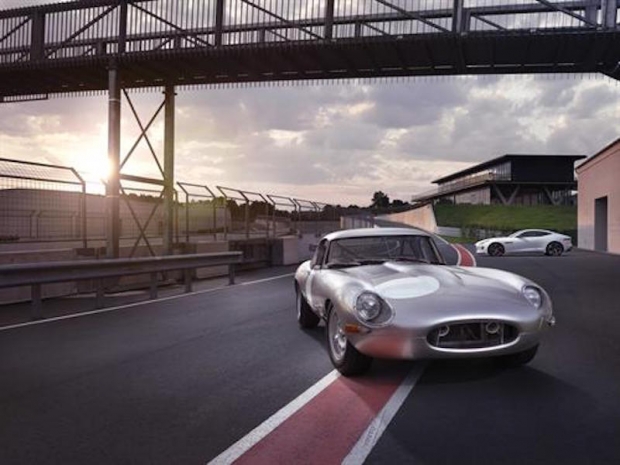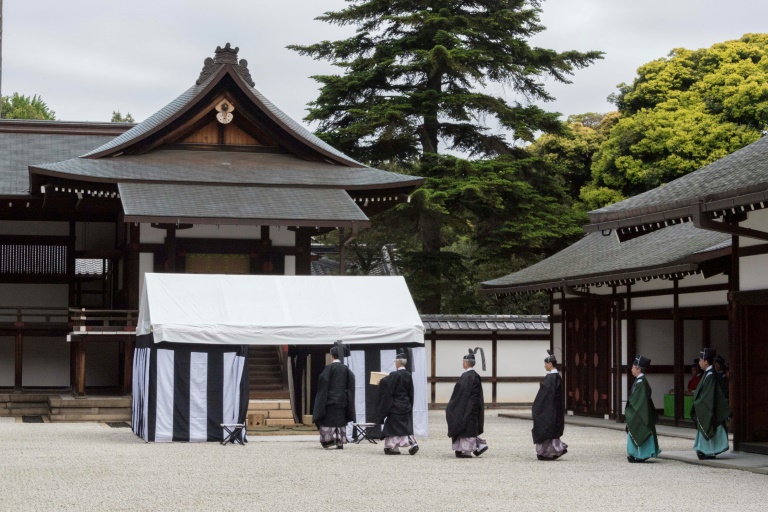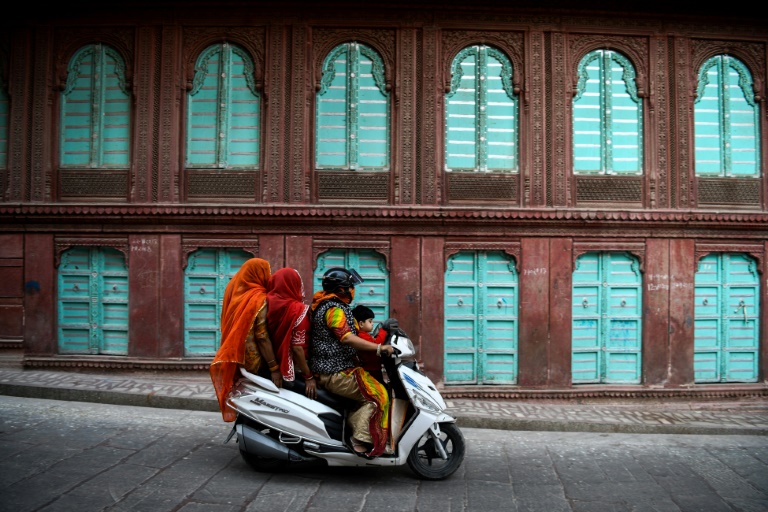
When it comes to automotive objects of desire very few classic cars are as rare as a genuine Lightweight Jaguar E-Type or a Shelby 298 Cobra. But such rarity means that owning one is an impossible dream, even with the deepest pockets, unless of course, someone puts them back into production.
Only 12 Lightweight E-Types were built in 1963 and 1964. They are very rarely if ever seen on the public road, and, as each is worth over £10 million sterling (RM53 million), they’re unlikely to be taken to a track event. But that price is theoretical; they never come to market as they’re “dead man’s cars.” In other words, the owner needs to pass away for the car to be passed on, it’s so loved

An original Jaguar XKSS. — Handout via AFP
When Jaguar said it was going to build six more Lightweight E-Types some eyebrows were raised in classic car circles.
“Some purists were a bit skeptical about it,” remembers Tony O’Keeffe, who handles communications for Jaguar Heritage. “But then they saw the cars being built and realised that they are more original today than they were at the time.”
The FIA, which oversees all forms of motor racing states in its rules that for a car to obtain its FIA passport for classic competition, it has to be built to original specifications; it doesn’t have to be an original car.

The Lister Jaguar Stirling Moss edition. — Handout via AFP
One of the reborn Lightweight E-Types raced at this year’s Le Mans Classic with Chris Harris of Top Gear behind the wheel and afterwards O’Keeffe was approached by an original Lightweight’s owner. “He actually said that it’s a shame we can’t get more genuine ones out. This has allowed six more cars to come into the marketplace for people to see and to appreciate,” he says.
An approach that is gaining traction
Jaguar is not alone. Shelby American offers a ‘continuation’ GT40 and a FIA 298 Cobra that both follow the same 1960s production methods and meet FIA criteria to race alongside originals.

The 50th Anniversary Shelby 289 FIA Cobra. — Handout via AFP
These cars are expensive but not as valuable as the originals, and they can often be sufficient to convince owners of originals to bring their cars to events.
Little wonder Jaguar is following the Lightweight E-Type with nine new XKSS track cars. Just as legendary, the XKSS was based on the 1956 Le Mans-winning D-Type and so phenomenal was its performance that Steve McQueen bought one.
“That really helps and makes the emotional side of ownership even stronger,” points out O’Keeffe. “Of all the original XKSS models out there, I know of maybe three that are going to come up for sale, the rest are going to stay with their owners forever. Even the McQueen car will always stay in the Peterson [Museum] collection. They truly are dead man’s cars.”
But for something even rarer still, how about a magnesium-bodied 1958 Lister knobbly Jaguar? Not a single example of this all-conquering racecar exists. However, Lister is set to hand build 10 exact, FIA-compliant replicas, individually signed off by Sir Sterling Moss, the man that raced the original to victory.
“This is only the second time in history that Sir Stirling Moss has put his name to a car. And this is a truly limited run — we are only making 10. Ever. There will be no more,” said Lawrence Whittaker, CEO Lister Motor Company.




